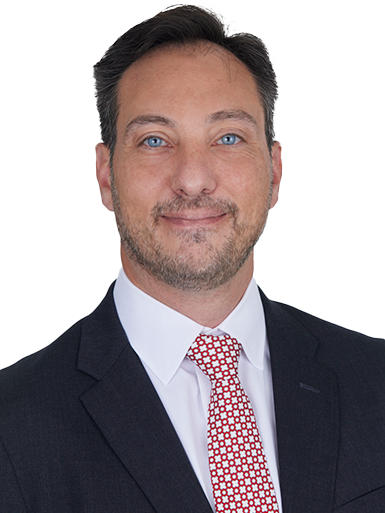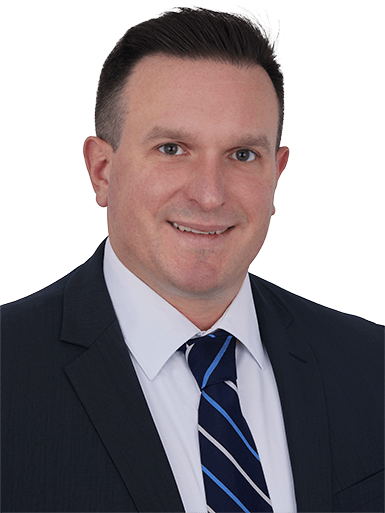What Plan Sponsors Need to Know About SECURE 2.0
During AAFCPAs’ recent Nonprofit Seminar (April 2023), Employee Benefit Plan Practice leaders Davide Villani, CPA, CGMA and Shawn P. Huxley, CPA, MSA updated more than 400 attendees on SECURE 2.0 and how it affects plan sponsors. Building on the Setting Every Community Up for Retirement Enhancement (SECURE) Act of 2019, SECURE 2.0 is designed to provide added improvements to retirement savings accounts in the U.S.
The full session was recorded and may be viewed as a webcast at your convenience. >>
While the Act itself is large, with 92 provisions in all, Davide and Shawn discuss items most relevant to nonprofits along with suggestions for implementation. Provisions come with various effective dates, and plan amendments will not need to be made until the end of the first plan year beginning on or after January 1, 2025. Please note, even though formal amendments can wait, plans do need to be operated in accordance with the effective dates of the provisions.
Provisions Specific to 403(b) Plans
SECURE 2.0 ushers in four important provisions specific to 403(b) plans, the first of which is set to ease access to hardship distributions. While rules for 401(k) plans had differed from those for 403(b) plans in the past, hardship distribution rules are now consistent across the board. Now anyone enrolled in a 403(b) plan may receive hardship distributions from salary deferral contributions, from their Qualified Non-Elective Contribution (QNEC), or from earnings on those types of contributions—even when funds are in an annuity or a custodial account. In addition, you will also no longer need to exhaust all efforts prior to hardship distribution, nor will you need to take out as many loans as the plan allows.
Specific to the 403(b) is the eligibility of long-term part-time employees to participate in the plan. SECURE 2.0 defines long-term part-time employees as those who have worked 500 hours or more in two consecutive 12-month periods. Even if this provision is not effective until 2025, plan sponsors need to begin tracking hours for all long-term part-time employees this year.
The Act further grants the ability to invest in collective investment trusts if your provider has that in their lineup.
Finally, 403(b) plans may now join a Multiple Employer Plan (MEP) or a Pooled Employer Plan (PEP). If you have a group of smaller plans along with high plan expenses and a subpar investment lineup, MEPs and PEPs bring numerous unrelated organizations into a single plan and provide a cost savings for both the plan sponsors along with a broader structure for participants.
Key Mandatory Provisions
The Act establishes a few mandatory provisions that will apply to all plan types. The first is automatic enrollment, which is relevant to any plan established after December 29, 2022. Under this, new plans will need to include an automatic enrollment provision. Once an employee is eligible, they must be auto-enrolled in the plan with a minimum deferral of three percent and a maximum deferral of 10 percent. Auto-escalation is also required, meaning your deferral percentage would need to increase one percent annually up to at least 10 percent. For safe harbors, the auto-escalation cap increases to 15 percent. Included in auto-enrollment is a 90-day opt out. Plans will also need a qualified default investment alternative as part of auto-enrollment. There are select exceptions to this rule for church plans, government plans, employers with 10 or fewer employees, and new businesses in existence for three years or less.
The next mandatory provision affects plans that allow catch-up contributions, i.e., additional contributions above IRS limits made by those 50 years of age or older. Beginning in 2024, if an employee has income that exceeds $145,000 of that earned in the previous year, their catchup contributions this year would need to be after-tax ROTH contributions versus pre-tax deferrals. AAFCPAs advises clients to pay special attention to ensure proper payroll coding for this provision. If an employee over the age of 50 is making catchup contributions, employers need to determine whether they are eligible for pre-tax versus post-tax ROTH contributions. Employers will also need to properly code those contributions and know what is being withheld from their paycheck.
SECURE 2.0 also raises the Required Minimum Distribution (RMD) age to 73 in 2023 and will increase this again to 75 in 2033.
Finally, SECURE 2.0 lets governmental 457(b) plan participants change their deferral elections at any time prior to earning compensation. Before this change, participants were required to make deferral elections and request changes in the deferral rate before the beginning of the month in which they were actually paid. This update provides greater flexibility for participants, allowing real-time changes to their deferral elections.
Understanding Optional Provisions
In addition to mandatory, there are a host of optional provisions for employers to evaluate and consider. For instance, the current plan states that—for any employee who has left the organization and has, in doing so, left behind a retirement account balance of less than $5,000—you may force that participant to take a plan distribution or cash out, thus driving that individual out of your plan. But under new provisions, you now have the option to increase that amount up to $7,000. This can help to reduce participant count and plan administration.
While hardship provisions have always been available, SECURE 2.0 aims to increase an employee’s financial wellness by reducing hurdles for those experiencing small unforeseen emergencies. Now, employers may create a provision that lets employees self-certify for hardship expenses of less than $1,000. This provides faster and more efficient access to the money in their retirement account.
Penalty-free emergency savings and withdrawal accounts are another option, giving employees the opportunity to deposit up to $2,500 into an emergency savings account. Additional contributions can also be made by an employer to help workers age 60 or older save for retirement.
For those with student loans, matching contributions have also been introduced to help employees who are not contributing deferrals into the retirement plan (and thus are not receiving employer matching contributions) but are repaying their student loan. Employers may now make contributions into a retirement account on their behalf.
Finally, employer matching and non-elective contributions may be converted to a ROTH should an employee choose to make funds tax-free upon retirement. Under SECURE 2.0, they may pay related tax now and convert the employer’s contributions into ROTH contributions.
Click here to watch the full presentation.
If you have questions about SECURE 2.0 or if you would like to see if any of these provisions align with your vision, please contact Davide Villani, CPA, CGMA at dvillani@nullaafcpa.com or 774.512.4012 or Shawn P. Huxley, CPA, MSA at shuxley@nullaafcpa.com or 774.512.9075—or your AAFCPAs partner.


